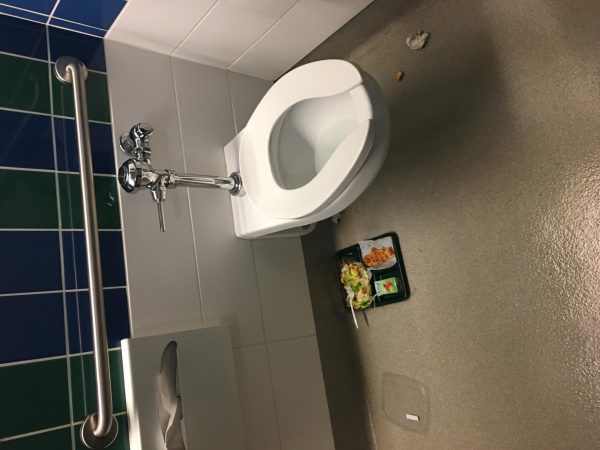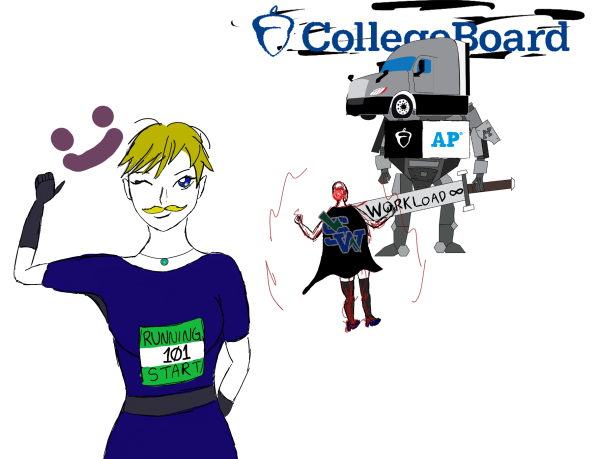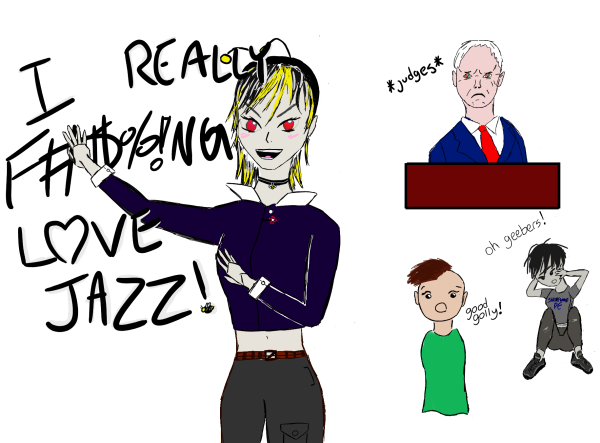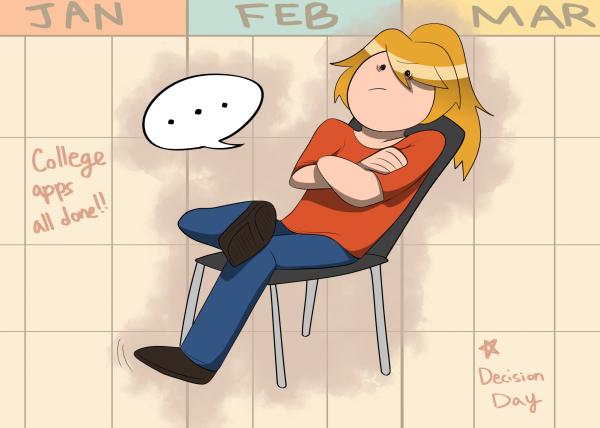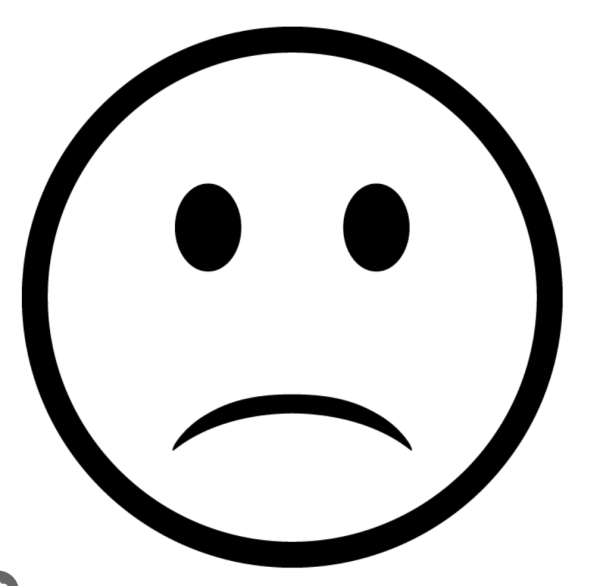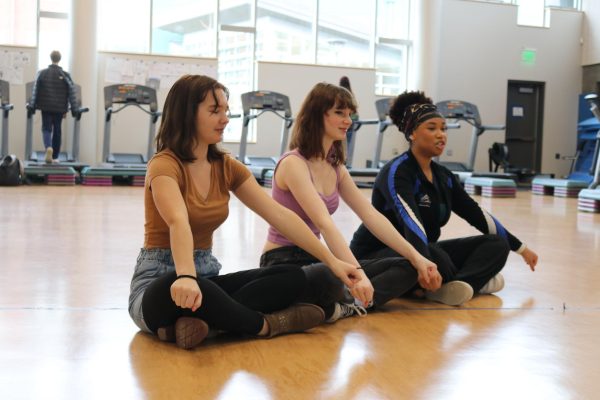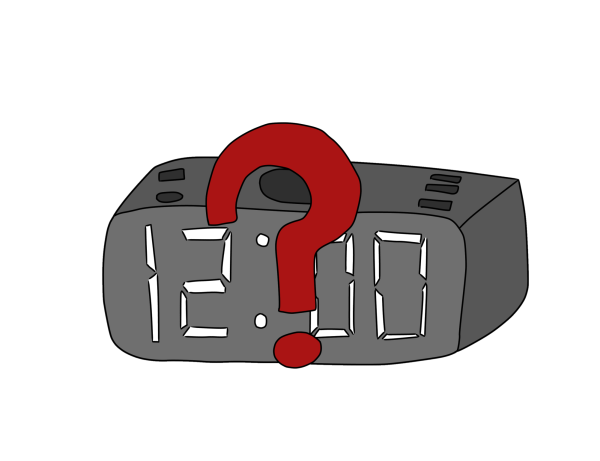Can you really separate the art from the artist?
May 17, 2021
I can be blasting “Billie Jean” by Michael Jackson and dancing in my room, LED lights flashing, like it’s nobody’s business. But the second right after I get overwhelmed with this despairing and revolting feeling of regret, as I remember the claims about how he sexually abused children.
Can I just ignore all that for the sake of a song? Can’t I just pretend that he didn’t sing this one so I can just keep doing my thing?
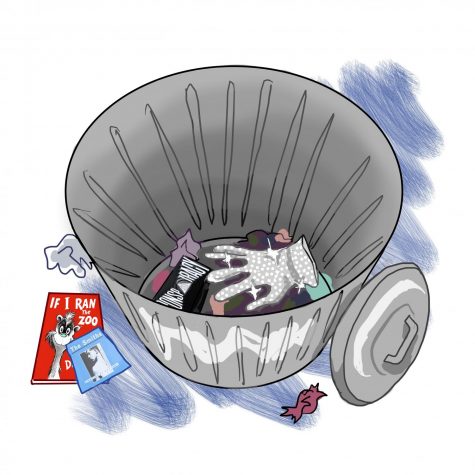
To put it bluntly, no. You cannot just simply separate the art from the artist.
When an artist’s behaviors and actions get separated from their work, it can create more room for harm to be done in the future, for lack of accountability.
At Barnes and Noble, when I walk past the children’s section, I can picture the shelves upon shelves overflowing with all the Dr. Seuss classics. “One Fish Two Fish Red Fish Blue Fish,” “Green Eggs and Ham,” and “Go dog Go” to name a few, ring a nostalgic bell.
Instinctively my mind is flooded with every sweet and wholesome memory. Having them read to me and then reading them to my younger siblings and my second grade buddy back in elementary school.
But then, that name on the cover burns all that innocence into ashes of guilt and shame as I remember the racist cartoons and caricatures “Dr.” Theodor Seuss Geisel made. He portrayed horrid and harmful stereotypes of Black and Asian people in his books “And to Think That I Saw that on Mulberry Street” and “If I Ran Zoo.”
Which are, just to emphasize, children’s books.
I won’t lie, I got defensive. Why?
I finally came eye to eye with the truth or as much as I tried, I couldn’t consciously separate the name on the cover from the book and sentimentality that came along with it.
Not only does what he did cause those pages in “Green Eggs and Ham” to lose their magic, but those shelves at Barnes and Noble are a reminder about the issue of artists not being held accountable for their actions. People have their flaws, with artists it can be the reason their art can be so attractive and personal. But there is quite a bold barrier between art inflicting emotion and art that makes that one uncle who misses the ‘old America’ cackle.
But as a public figure there’s no hiding behind the responsibility that comes with that publicity, whether it be something that happened in the past or not. As consumers, we can’t just let it go when we see an abuse of that privilege. Seuss spread hate about already marginalized groups to the public. Artists must be held accountable no matter their status or relevancy.
It’s also important to point out that the art is in fact an extension of the artist. It’s an occupation that comes in a very close second to a passion. I’m not saying that we’re attentively listening to Picasso tritely say “women are machines for suffering” or make the dense argument that “there are only two kinds of women: goddesses and doormats.” Instead we’re looking at a creation of his.
But I can’t sit here and lie that I don’t hear shrill echoes of it, whether I’m looking at one of his portraits or just going about my daily life as a woman.
Which is why it makes this message so important. Along with the support of the patriarchy, these actions of Picasso and Seuss amount to bigger problems in the fight against misogyny and systemic racism.
Don’t get me wrong, I’m not trying to take your favorite song, book, movie, YouTube video or piece of art away from you. The song “This Charming Man” by The Smiths still holds a soft spot in my heart, but that love is not enough reason for me to fan-girl over Morrissey as a person.
When art really speaks to you, what I want more than anything is for you to seize that moment. However, we have to recognize the impact of the art and that comes with the artist. Whether that be a certain lead singer that ended up being grossly racist or not. We can enjoy the art but what is equally important is to recognize the controversy and actually learn from it, so as to not repeat the wrong.
That is how we improve and one day be free of that burden art can have.




